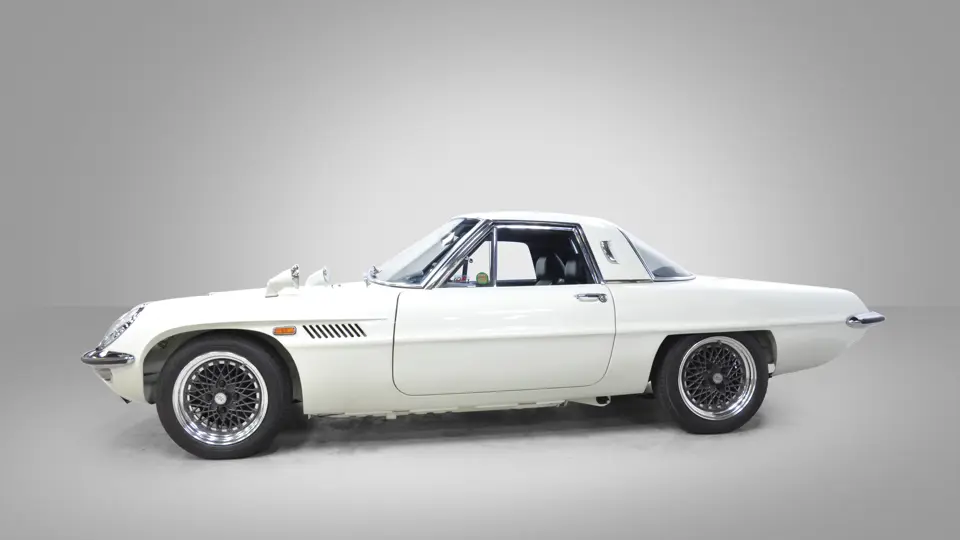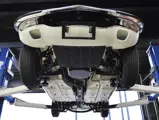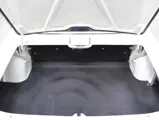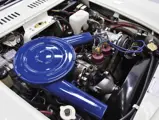128 bhp, 982 cc twin-rotor Wankel engine with a single Zenith Stromberg carburettor, five-speed manual transmission, independent front suspension, de Dion rear axle, and front disc and rear drum brakes. Wheelbase: 2,200 mm
Mazda’s reputation as a sports car builder is thoroughly cemented today, thanks to the MX-5 Miata, the RX-7, and the RX-8, but that was hardly the case 50 years ago, when the Japanese automaker defied expectations and displayed a prototype of its otherworldly Cosmo at the 1964 Tokyo Motor Show. Show-goers were undoubtedly wowed by the Cosmo’s space-race-inspired shape, but those who paid close attention found a highly innovative twin-rotor engine under its bonnet.
When it hit the market in 1967, the first Cosmo boasted 110 horsepower and a 7,000-rpm redline from less than a litre of displacement—figures that impress even today, let alone nearly 50 years ago. Underneath its sleek, futuristic sheet metal, the Cosmo was more of a petite grand touring coupé than an outright sports car, with its suspension’s progressive-rate springs tuned more for long-distance comfort than sharp-corner carving.
In July 1968, the Series II Cosmo, known as the L10B, was introduced. It boasted 128 horsepower, extracted from its little rotary engine, plus an upgrade to a five-speed gearbox, and it now had a top speed of over 120 mph. The wheelbase had been extended by 15 inches in the rear for more cabin space and a better ride, although the overall length was unaffected. The brakes were now servo-assisted, the wheel diameter was increased to 15 inches, and a handful of cosmetic updates were adapted. Fewer than 1,200 were built, all right-hand drive for the Japanese domestic market (as well as a small number bound for Australia), before production ceased in 1972.
This desirable second-series Cosmo was recently acquired by the consignor from a collection in Japan. He notes that the car had been carefully maintained by several enthusiast owners, all from approximately the same area of Japan, and was also serviced by the official Mazda dealer for that locale. In 2001, the car was purchased by the previous owner, who stored it indoors since 2006. The current owner had the car properly sorted by Japanese specialists, including having the engine overhauled at 58,000 kilometres. Currently, the odometer displays approximately 68,500 kilometres, which are believed to be original. There were few options available for Cosmos, the most desirable of which was air conditioning, with which this car is equipped.
This Series II Cosmo is a terrific performing example of the first twin-rotor production car that helped define Mazda as a preeminent manufacturer of fun-loving sports cars.





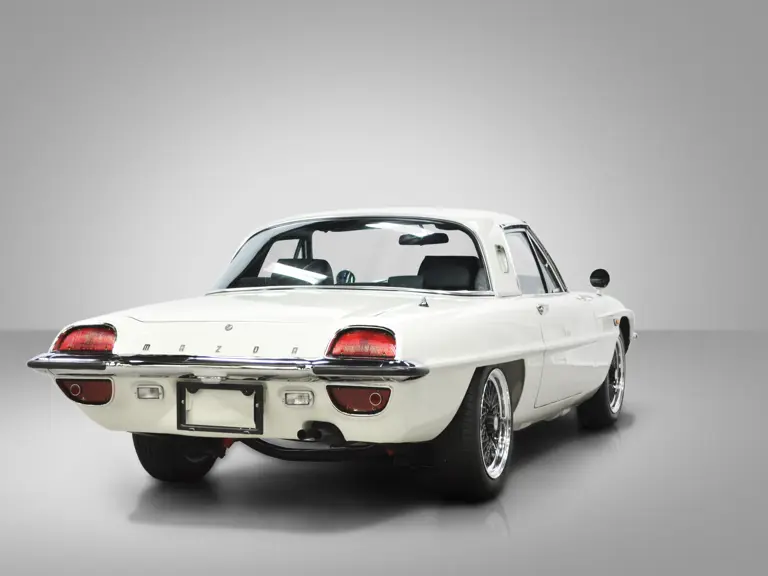
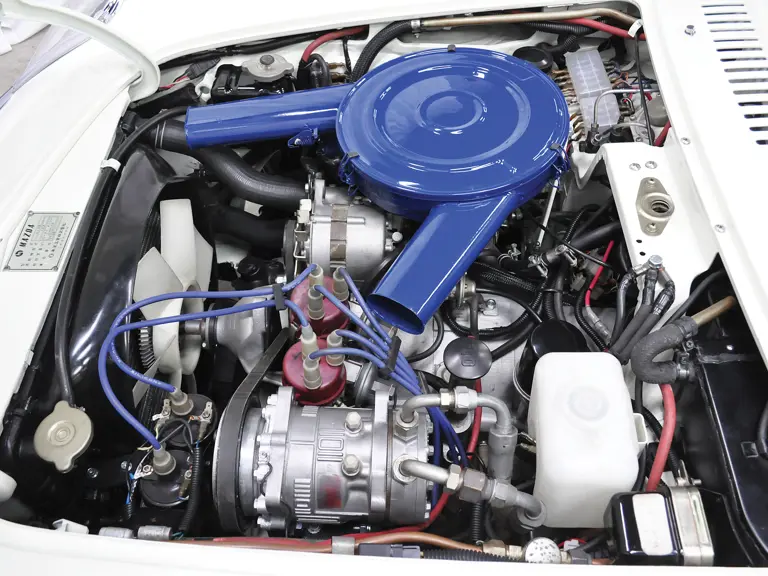
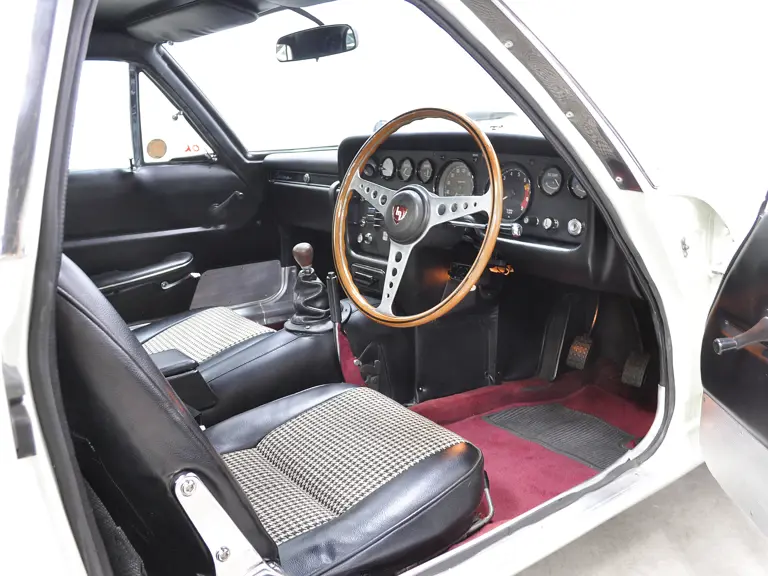

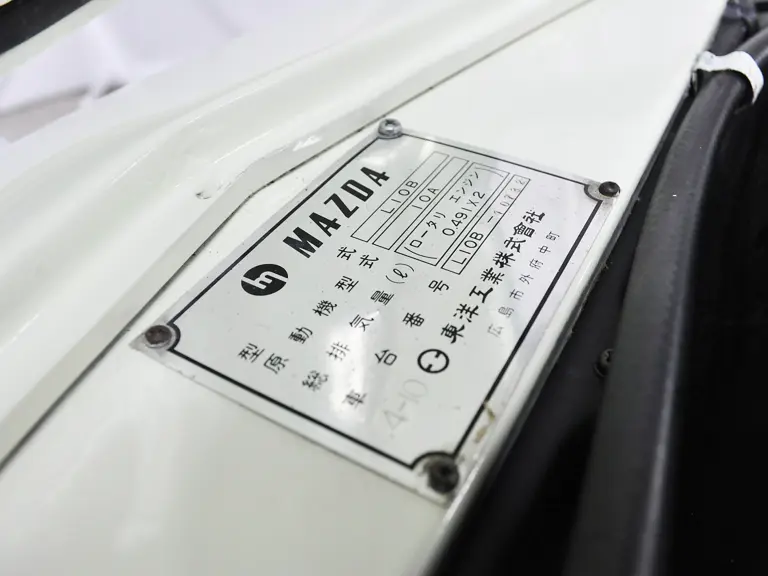
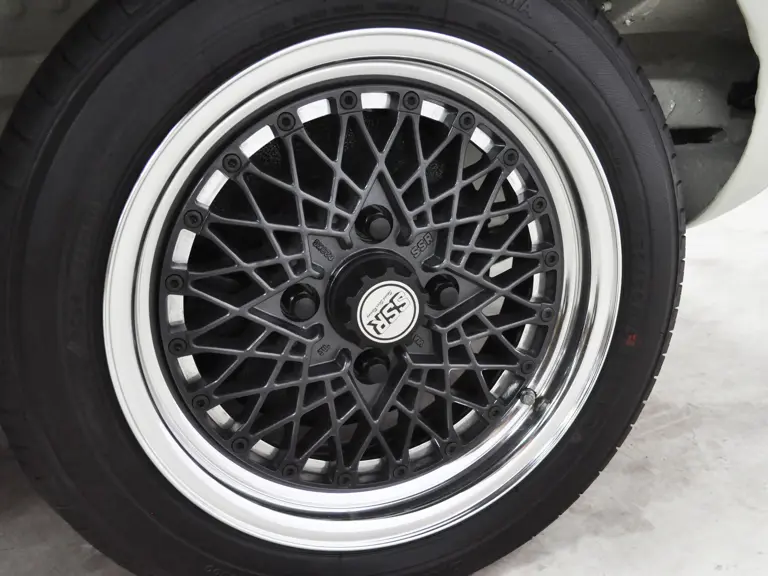
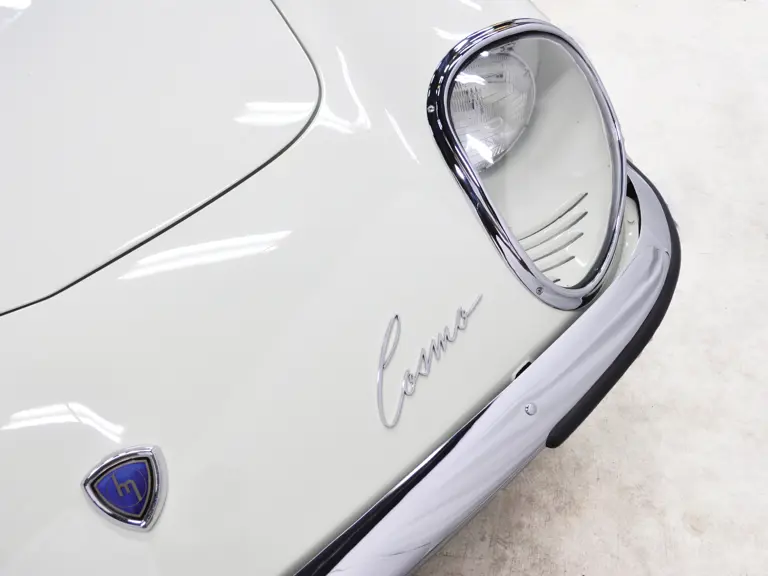
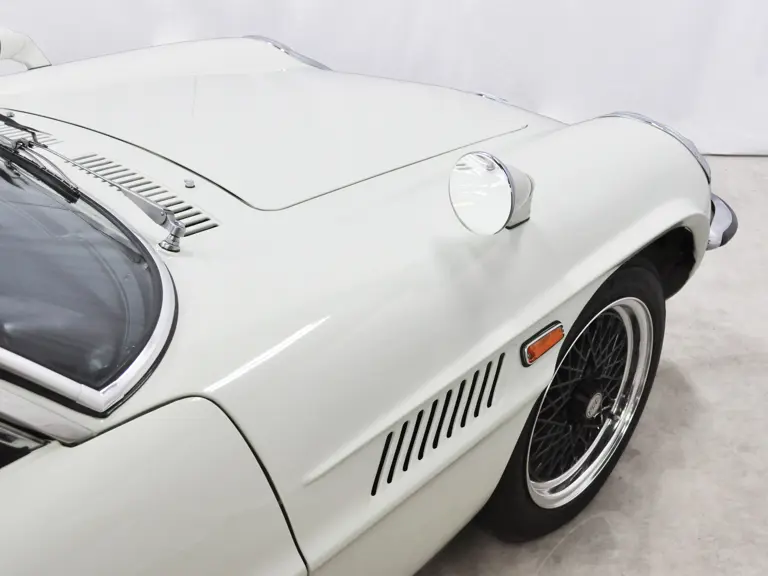

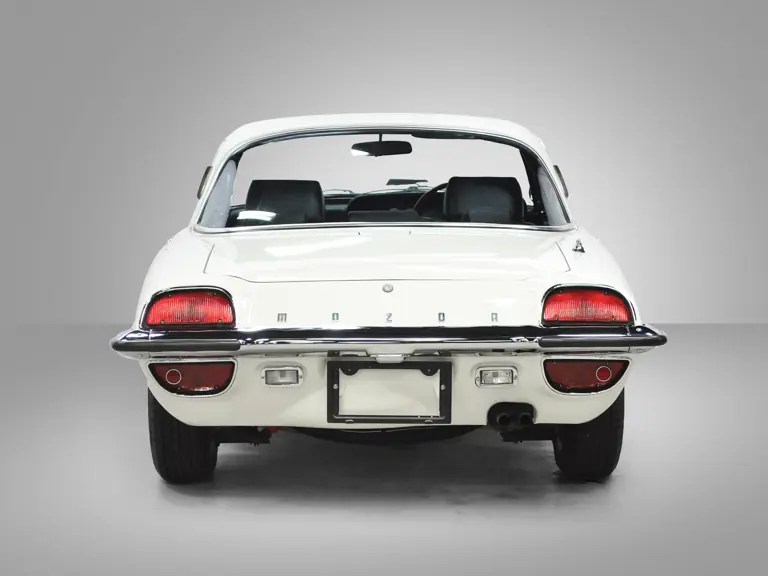
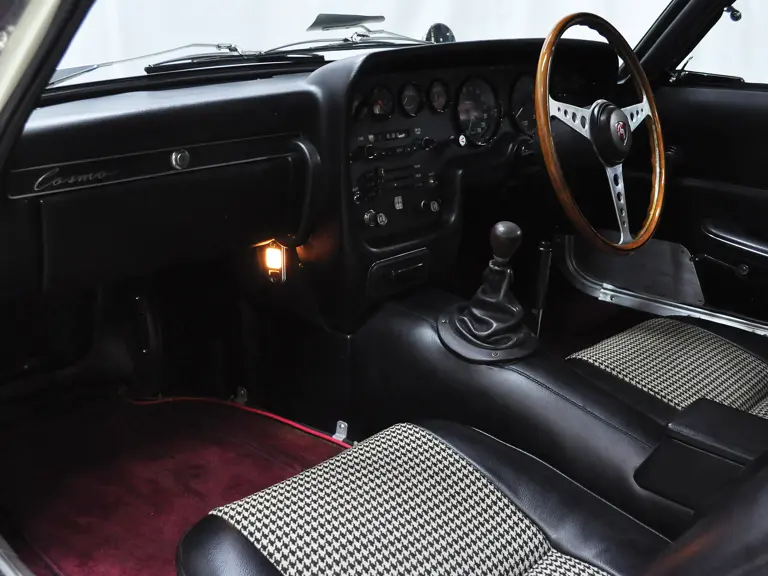
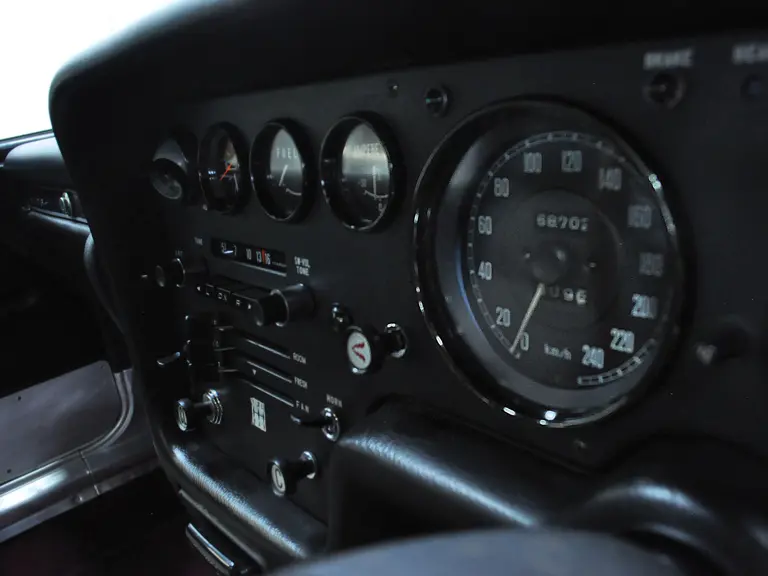

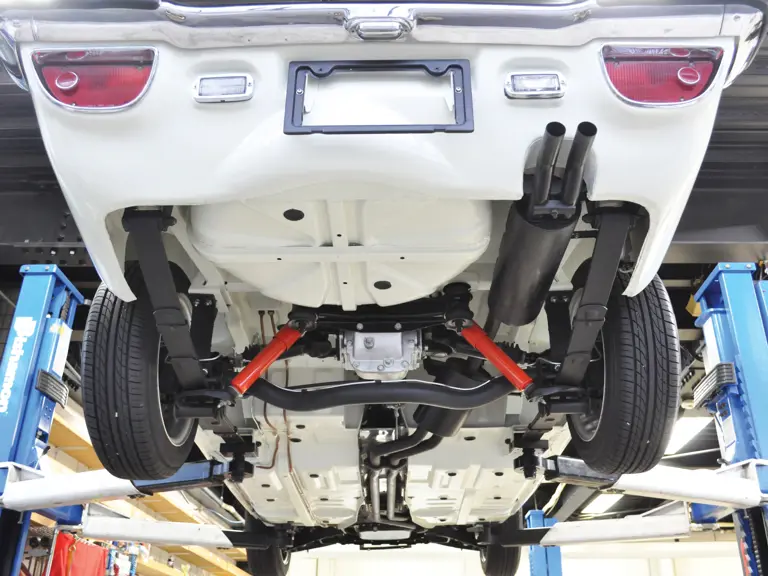

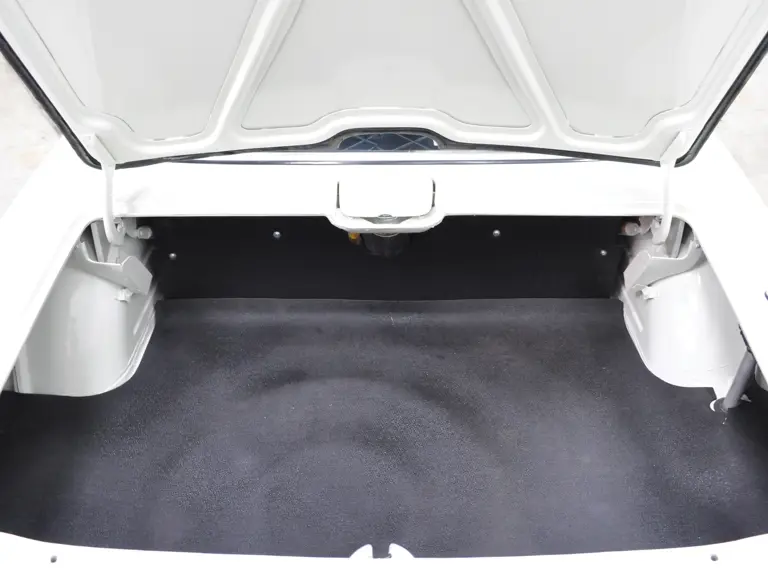


 | London, United Kingdom
| London, United Kingdom
